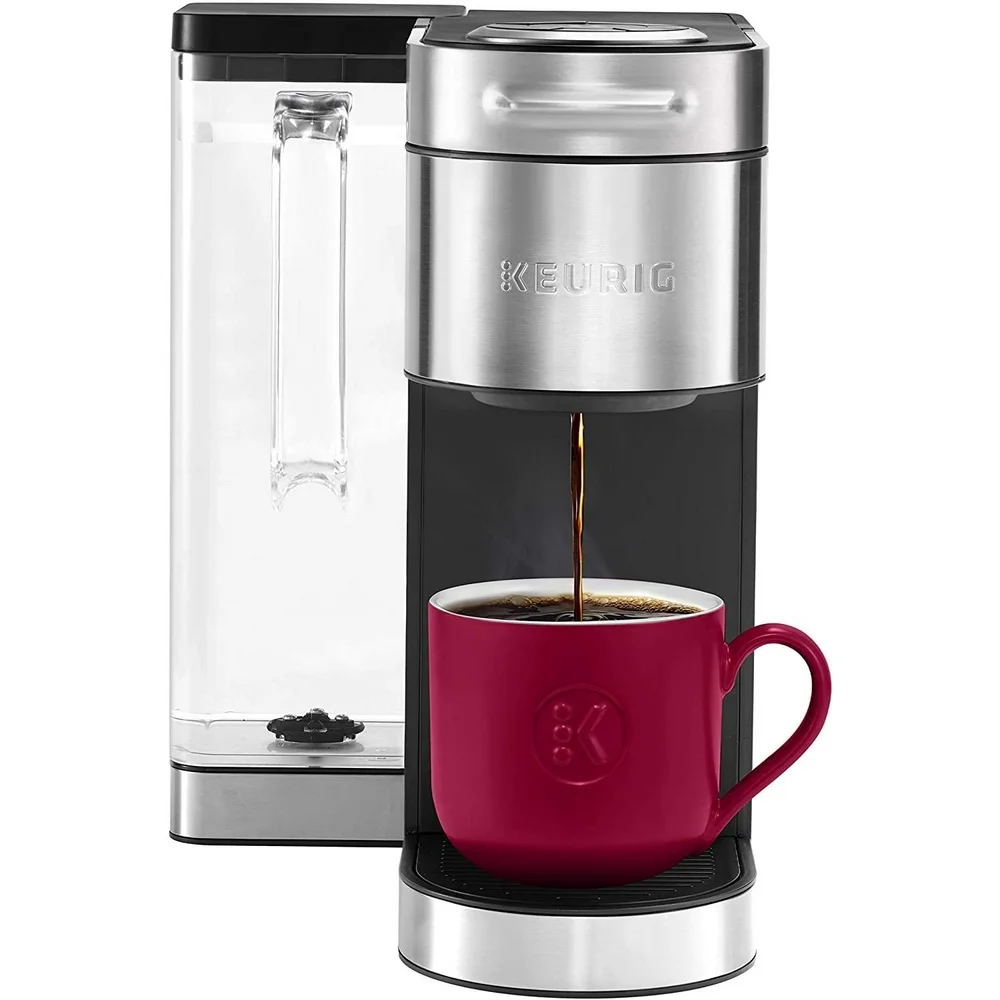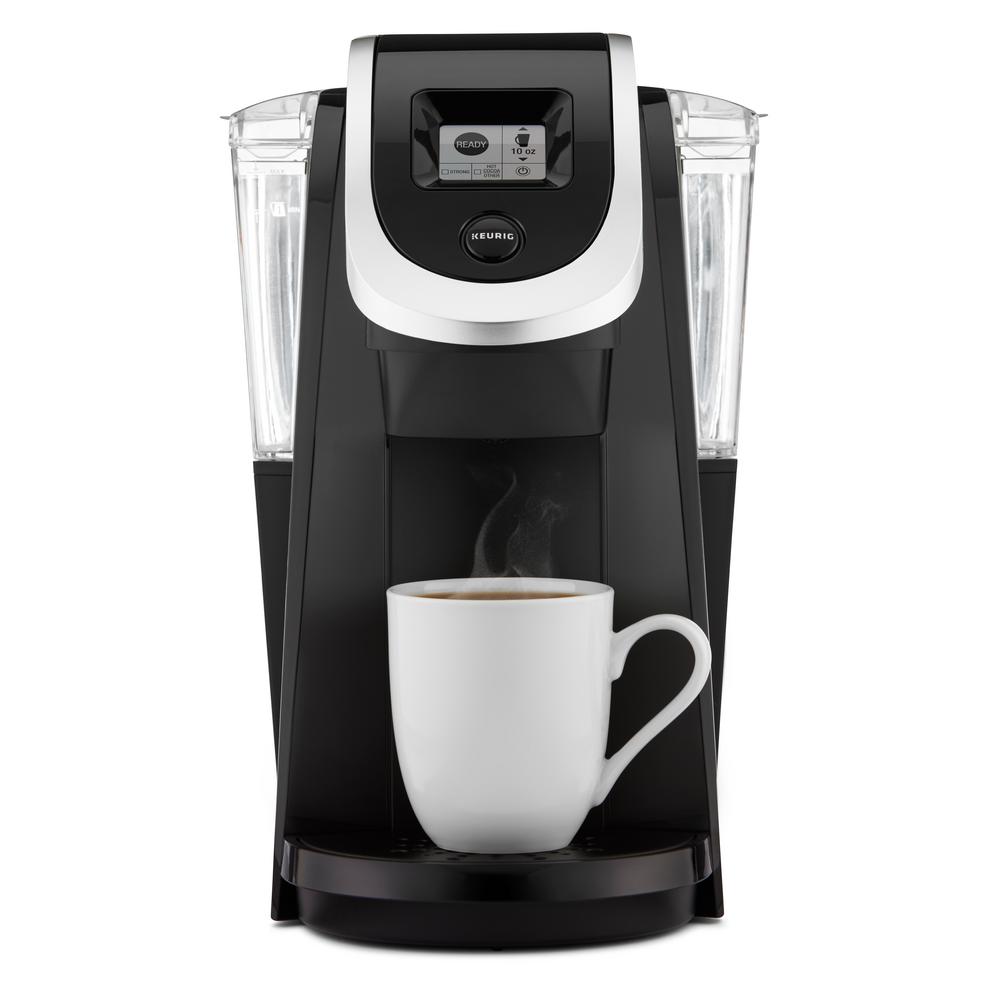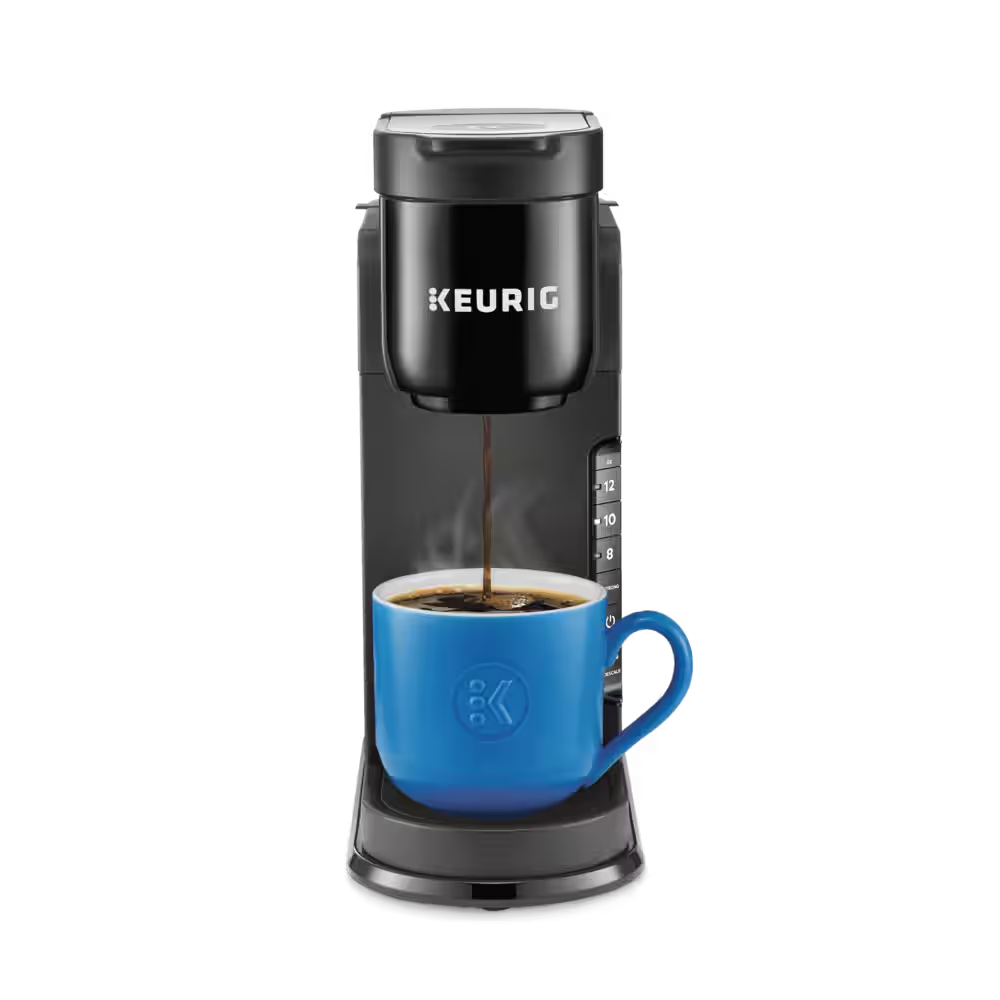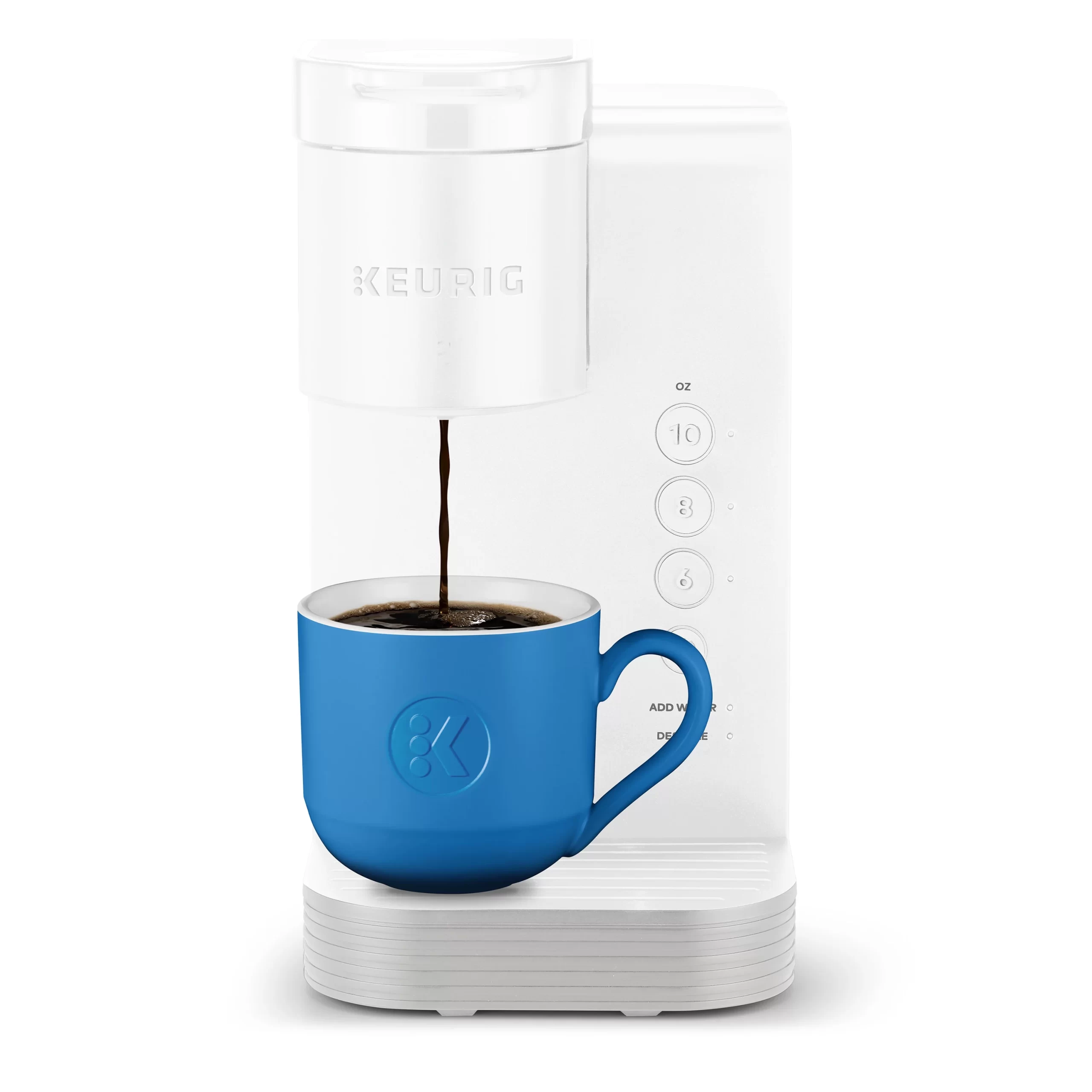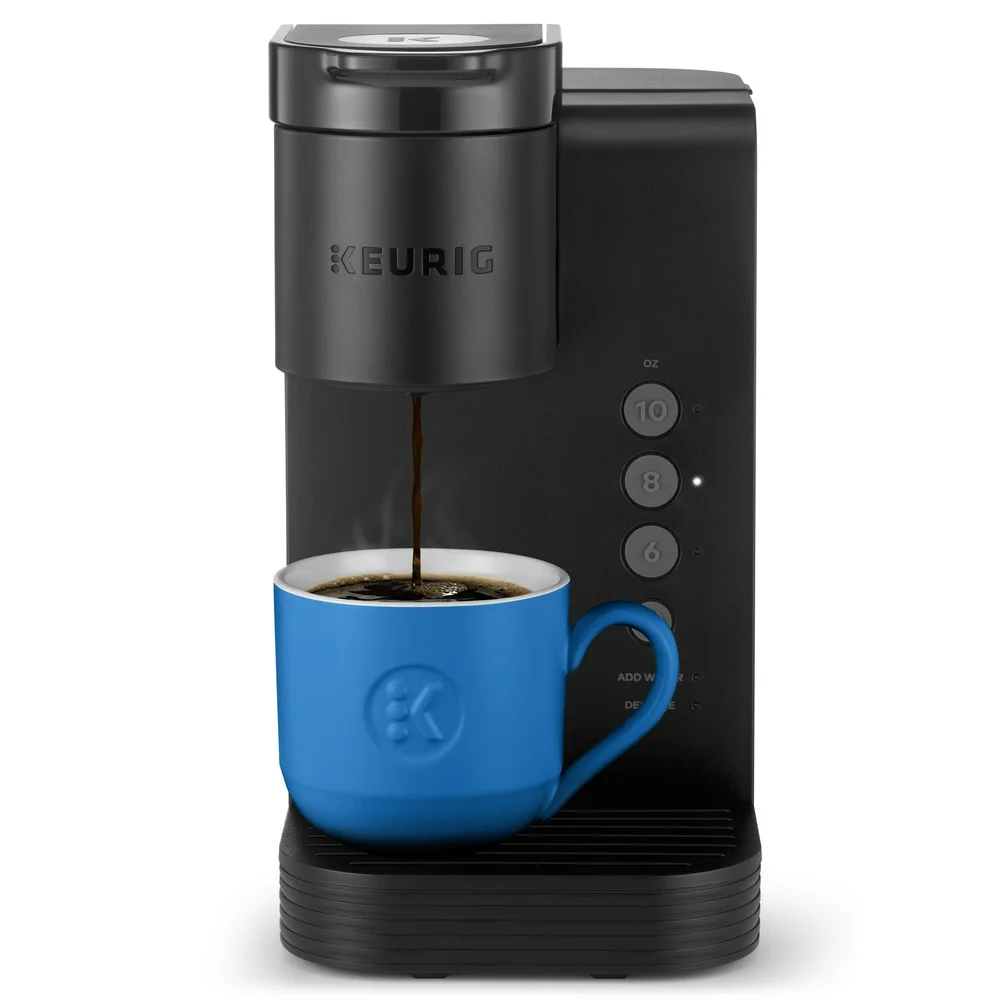
If you’re a coffee lover, you likely appreciate the convenience of your Keurig machine for brewing your perfect cup of coffee. However, like all machines, they require maintenance, and one common issue that emerges is the descaling reminder. The need to “reset Keurig descale” can often frustrate users, especially if they aren’t sure about the procedure. In this comprehensive guide, we will explore everything you need to know about descaling your Keurig device, resetting the descale indicator, and maintaining your coffee machine to ensure it continues to brew delicious beverages.
Understanding the Importance of Descaling Your Keurig
What is Descaling?
Descaling is the process of removing mineral buildup inside your coffee maker caused by the use of tap water. Hard water contains various minerals, such as calcium and magnesium, which deposit on the heating element, water lines, and other components as the machine heats water. If left unchecked, this buildup can obstruct the water flow, leading to performance issues and affecting the taste of your coffee.
Why is Descaling Necessary?
Descaling is crucial for two main reasons: performance and taste. When mineral deposits accumulate, they can lead to:
- Reduced Functionality: The most immediate issue is that your machine may start to brew slower or even stop working altogether.
- Impact on Flavor: The minerals can alter the taste of your coffee, resulting in an unpleasant brewing experience.
Most Keurig machines have a descaling alert that indicates when it’s time to perform this maintenance task, usually every 3-6 months.
Signs That Your Keurig Needs Descaling
Common Indicators
Understanding the signs that your Keurig needs descaling can save you time and frustration. Here are some common indicators:
- Flashing Descale Light: This is the most obvious sign that your machine needs attention.
- Slow Brewing: If your Keurig is taking longer than usual to brew, it may be time to descale.
- Weird Tasting Coffee: If you notice a change in flavor, that could be a signal that accumulated minerals have impacted your brewing process.
- Water Not Flowing as Expected: If the water flow seems inconsistent or blocked, descaling may resolve the issue.
If you observe any of these signs, it’s time to reset your Keurig descale.
How to Prepare for Descaling
Essential Supplies
Before you begin the descaling process, gather the following items:
- Descaling Solution: You can use a commercially available Keurig descaling solution or a mixture of white vinegar and water.
- Water: You’ll need clean water to rinse out the machine.
- Empty Mug: Make sure to have a mug handy to collect the liquid during the descaling process.
Step-by-Step Preparation
- Turn Off the Keurig: Before starting, ensure the machine is turned off to avoid any accidents.
- Empty Water Reservoir: Open the lid and remove any leftover water from the reservoir.
- Set Up Your Area: Prepare a clean area near a sink where you can easily pour out the used descaling solution.
Descaling Your Keurig
Step-by-Step Descaling Process
Now that you are prepared, it’s time to walk through the descaling process in detail.
Step 1: Mix the Descaling Solution
If you’re using a store-bought solution, follow the instructions on the package for mixing. Typically, you’ll need to mix the solution with water in the reservoir at a 1:1 ratio.
Step 2: Pour the Solution into the Reservoir
Once mixed, pour the solution into the water reservoir of your Keurig machine.
Step 3: Start the Descaling Process
- Power On Your Keurig: Turn on the machine.
- Place your Mug: Place your empty mug on the drip tray.
- Run the Descaling Cycle: Begin the brewing cycle without a K-Cup. Select the largest cup size and press the brew button. The solution will flow through the machine and into the mug.
- Do Not Discard Yet: After completing one cycle, do not discard the liquid in the mug. Instead, pour it back into the reservoir.
Step 4: Repeat the Process
Continue running brew cycles until the reservoir is empty. This may take several cycles, depending on the amount of descaling solution used.
Step 5: Let it Sit
Once you have completed the cycles, allow the machine to sit for 30 minutes. This will give the descaling solution time to break down any mineral build-up effectively.
Rinsing the Keurig
Step-by-Step Rinse Process
Step 1: Clean the Reservoir
After the sit time, empty any leftover descaler from the reservoir and give it a good rinse to ensure no residue remains.
Step 2: Fill with Clean Water
Refill the reservoir with fresh water, and repeat the brewing process to rinse out the vinegar or descaler. Ensure you run several cycles until the water runs clear.
Step 3: Final Rinse
For a final rinse, allow about three full tanks of fresh water to be cycled through the machine to ensure all descaling solution is removed.
Resetting the Descale Indicator
Why You Need to Reset
After completing the descaling process, it’s essential to reset the descale indicator to ensure the machine can alert you accurately in the future.
Steps to Reset the Descale Indicator
Different Keurig models have varying methods for resetting the descale alert. Here’s a general guideline that should apply to most models:
- Turn On the Machine: Power on your Keurig if it’s still off.
- Access the Reset Options: Many models have a “Settings” or “Menu” button. Press it.
- Find the Descale Option: Navigate through the settings until you find “Descale” or the maintenance menu.
- Select Reset: Choose the option to reset the descale indicator and confirm your selection.
- Turn Off the Machine: Once reset, turn off the machine again for a moment and then turn it back on.
Model-Specific Instructions
Each Keurig model may be slightly different, so consult your user manual for specific instructions tailored to your device. If you’ve lost the manual, it can often be found online in PDF format.
Preventative Measures to Reduce Descaling Frequency
Regular Maintenance
To avoid constant descaling, consider implementing a maintenance routine. This can include:
- Using Filtered Water: By using filtered or bottled water, you can significantly reduce mineral buildup.
- Regular Cleaning: Clean the water reservoir and drip tray regularly to prevent mildew and odors.
- Descale Every 3-6 Months: Establish a schedule for descaling and stick to it.
Upgrading Your Water Source
If hard water is a significant issue in your area, you might consider investing in a water softener or other filtration systems to minimize mineral deposition in your machine.
 Troubleshooting Common Descaling Issues
Troubleshooting Common Descaling Issues
My Keurig Still Says Descale After I’ve Descaled
If your machine continues to display the descaling alert, there might be mineral buildup that didn’t get removed. Consider running the descaling process once more, ensuring thorough rinsing afterward.
What if My Machine Isn’t Brewing Properly Even After Descaling?
If descaling fails to improve performance, you might have underlying issues unrelated to descaling. These could include electrical issues, clogging, or worn-out parts. Contact Keurig support for assistance.
Conclusion: reset keurig descale
Maintaining your Keurig machine is essential for optimal performance and flavor quality. By knowing how to efficiently “reset Keurig descale” alerts and effectively descale, you can prolong the life of your coffee maker and enjoy delicious coffee every day. Follow the steps outlined in this guide, make it a routine, and you’ll ensure that your coffee maker remains in excellent working order for years to come. The joy of brewing that perfect cup of coffee begins with proper maintenance, so don’t neglect your machine!
